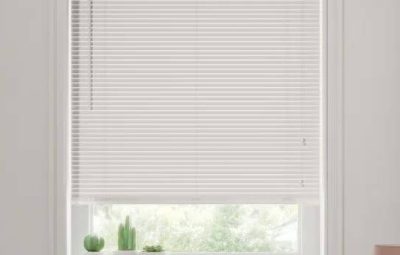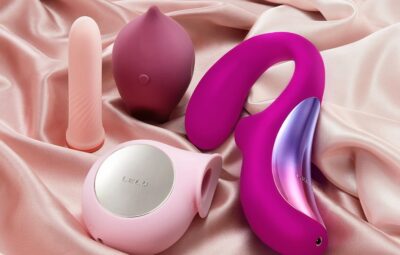Gone are the days of traditional office designs featuring sterile colours and cubicles. Today, corporate office spaces are implementing designs that may enhance productivity, morale, and brand identification. Office interior design has significantly shifted to favour work environments that are visually beautiful and practical. With this, explore the newest trends changing corporate office interior design, ensuring your space stands fashionable and efficient.
7 Corporate Office Interior Design Trends
- Integration of Biophilic Design Elements: Corporate interior design is seeing a rise in the popularity of using natural materials in office spaces. By having living green walls and well-placed indoor plants, biophilic design can re-establish a connection between workers and nature, promoting well-being and lowering stress levels. Additionally, businesses may create a more hospitable and efficient work environment that fosters employee happiness and creativity by including natural features like wood accents and natural light.
- Flexible Workspaces: Multipurpose, adaptable environments capable of handling different work styles and jobs gradually replaced the notion of inflexible workstations. Today’s flexible workspaces allow employees to decide where and how they work best while encouraging cooperation, creativity, and adaptation. Employees can personalise their work space with moveable furniture, modular dividers, and designated breakout areas, which improves overall productivity and job satisfaction.
- Emphasis on Employee Wellness: Office designs are increasingly emphasising features that enhance physical and mental wellness to recognise the significance of employee well-being. This approach includes specially designed wellness rooms for rest and meditation, flexible standing desks, and ergonomic furniture. Incorporating air purification systems, natural lighting, and soundproof materials also makes the workplace healthier and cosier, raising employee satisfaction and retention rates.
- Tech-Integrated Spaces: Technology continues to change the corporate landscape, and this includes interior design for offices. Corporate offices are adopting advanced tech solutions to boost efficiency and productivity. It comprises IoT-enabled devices that simplify daily tasks, integrated audiovisual equipment, and intelligent lighting systems. Businesses may stay at the forefront of digital innovation and promote a more connected and collaborative work environment by smoothly integrating technology into the workspace.

- Creative Use of Colors and Textures: Today’s corporate interiors embrace bold colours, textures, and patterns to infuse personality and vibrancy into the workspace. Whether it’s accent walls in rich hues, statement furniture pieces, or textured finishes, incorporating colour and texture elements adds visual interest and stimulates creativity. Additionally, the strategic use of branding colours helps reinforce company identity and culture throughout the office environment.
- Adaptive Reuse and Sustainable Design: With growing awareness of environmental issues, corporate office interior design is shifting towards sustainable practices and materials. Adaptive reuse of existing structures, such as repurposing old warehouses or factories into modern office spaces, reduces waste and minimises environmental impact. Furthermore, using eco-friendly materials, energy-efficient lighting, and renewable resources aligns with corporate sustainability goals while creating healthier work environments for employees.
- Focus on Privacy and Acoustic Comfort: Open office layouts have become increasingly popular in recent years, promoting employee collaboration and communication. However, this design trend has also highlighted the importance of privacy and acoustic comfort in the workplace. Due to this, corporate office interiors are now incorporating sound-absorbing materials, privacy pods, and acoustic partitions to create quiet zones for focused work and confidential discussions. Balancing open collaboration spaces with private spaces ensures that employees have the flexibility to work efficiently without distractions.
Conclusion
Corporate office interior design trends are changing, reflecting a shift towards dynamic, employee-focused work environments prioritising sustainability, usability, and well-being. Employing biophilic design, adaptable workspaces, and advanced technology can help businesses encourage innovation, teamwork, and productivity in their staff. In addition, the creative use of colours and textures, combined with an emphasis on acoustic comfort and privacy, improves employee experience and strengthens brand identification in the workplace. Sustaining a competitive edge in today’s market requires organisations to make strategic office design investments in response to evolving workforce demands and landscape trends.
Contact Sennex to embark on the journey towards a brighter, more inspiring workplace.








